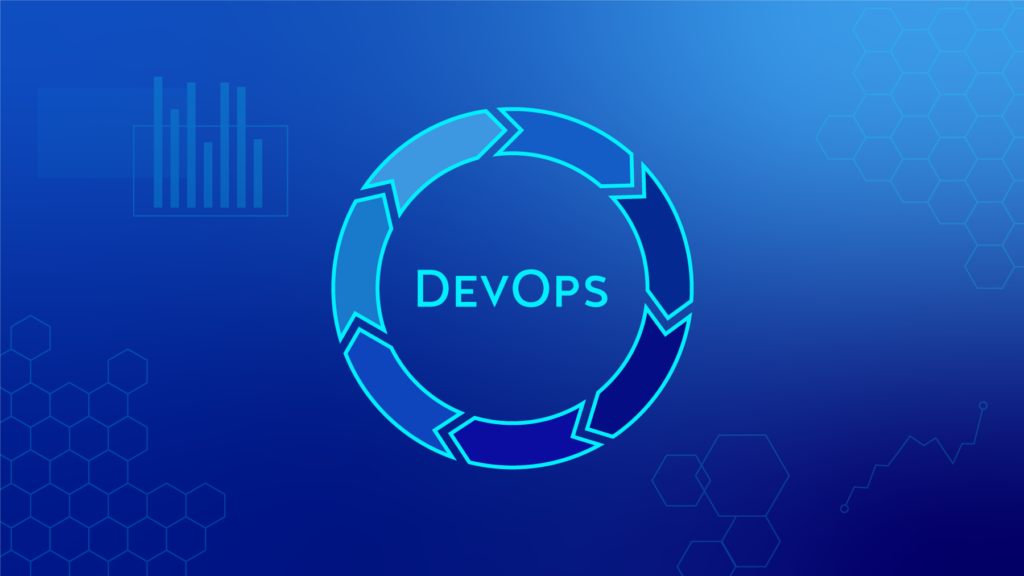Description
Introduction of Security in DevOps:
This training provides an in-depth introduction to DevSecOps, the approach of integrating security into every aspect of the DevOps lifecycle. It aims to bridge the gap between development, operations, and security teams, ensuring secure code is delivered efficiently. Participants will learn how to embed security practices into continuous integration, deployment, and delivery workflows, helping to prevent vulnerabilities before they become a risk.
Prerequisites
Before attending this course, participants should have:
- Basic understanding of DevOps principles and practices.
- Familiarity with software development life cycles (SDLC).
- Knowledge of version control systems (e.g., Git).
- A basic understanding of security concepts like firewalls, encryption, and vulnerability management is beneficial but not mandatory.
Table of Contents
1: Introduction to DevSecOps
1.1 Overview of DevSecOps
1.2 Understanding the Evolution from DevOps to DevSecOps
1.3 DevOps vs. DevSecOps
1.4 Identifying Key Differences and the Importance of Integrating Security
1.5 The Need for DevSecOps
1.6 Why Security is Critical in Modern CI/CD Pipelines
1.7 DevSecOps in the SDLC
1.8 Where Security Fits into the Software Development Life Cycle (SDLC)
2: Security in Continuous Integration (CI)
2.1 What is Continuous Integration?
2.2 Overview of CI and Its Role in DevOps
2.3 Integrating Security into CI
2.4 Embedding Security Checks in CI Pipelines (e.g., Static Analysis, Code Linting)
2.5 Automated Testing for Security
2.6 Using Tools Like SAST to Detect Vulnerabilities Early
2.7 Hands-On: Setting Up Security Checks in a CI Pipeline
3: Security in Continuous Delivery (CD)
3.1 What is Continuous Delivery?
3.2 Definition and Importance of CD in Modern Software Development
3.3 Security in CD Pipelines
3.4 Best Practices for Securing Artifacts, Deployment Environments, and Automating Compliance Checks
3.5 Implementing Infrastructure as Code (IaC) Security
3.6 Ensuring Security Configurations in IaC Tools Like Terraform and Ansible
3.7 Hands-On: Building Secure CD Pipelines
4: Security Testing in DevSecOps
4.1 Types of Security Testing
4.2 Overview of SAST, DAST, and IAST
4.3 Security Scanning and Audits
4.4 Implementing Vulnerability Scanning and Automated Compliance Checks in CI/CD Pipelines
4.5 Container Security
4.6 Best Practices for Securing Containerized Applications Using Docker and Kubernetes
4.7 Hands-On: Implementing Security Testing in Pipelines
5: Automating Security Controls and Governance
5.1 Automating Security Policies
5.2 Tools and Techniques for Automating Security Controls and Governance
5.3 Security as Code
5.4 Using Policies as Code to Enforce Security Standards
5.5 Threat Modeling and Risk Management
5.6 Continuous Risk Management and Threat Modeling in DevSecOps
5.7 Hands-On: Implementing Automated Security Governance
6: Monitoring and Incident Response in DevSecOps
6.1 Monitoring Security in Production
6.2 Setting Up Security Monitoring Tools and Logging Mechanisms
6.3 Incident Detection and Response
6.4 How to Detect, Respond to, and Mitigate Security Incidents in Real Time
6.5 Post-Incident Review
6.6 Learnings from Incidents and Integrating Feedback into the Pipeline
6.7 Hands-On: Setting Up Monitoring for Security Incidents
7: DevSecOps Tools and Best Practices
7.1 DevSecOps Toolchain
7.2 Overview of Popular Tools Used in DevSecOps
7.3 Best Practices for a Successful DevSecOps Implementation
7.4 Organizational and Cultural Changes Required for DevSecOps Adoption
7.5 Case Studies
7.6 Real-World Examples of Successful DevSecOps Implementations
7.7 Hands-On: Implementing DevSecOps Toolchain
8: Future Trends in DevSecOps
8.1 The Evolution of DevSecOps
8.2 Emerging Trends and the Future of Security in DevOps
8.3 DevSecOps and Cloud Security
8.4 Securing Cloud-Native Applications in a DevSecOps Framework
8.5 Advanced Security Automation
8.6 Using AI and Machine Learning to Enhance Security Automation
This course will provide practical, hands-on experience in setting up secure DevOps workflows and pipelines, ensuring participants leave with a solid understanding of DevSecOps and its implementation.
If you are looking customized info, Please contact us here







Reviews
There are no reviews yet.